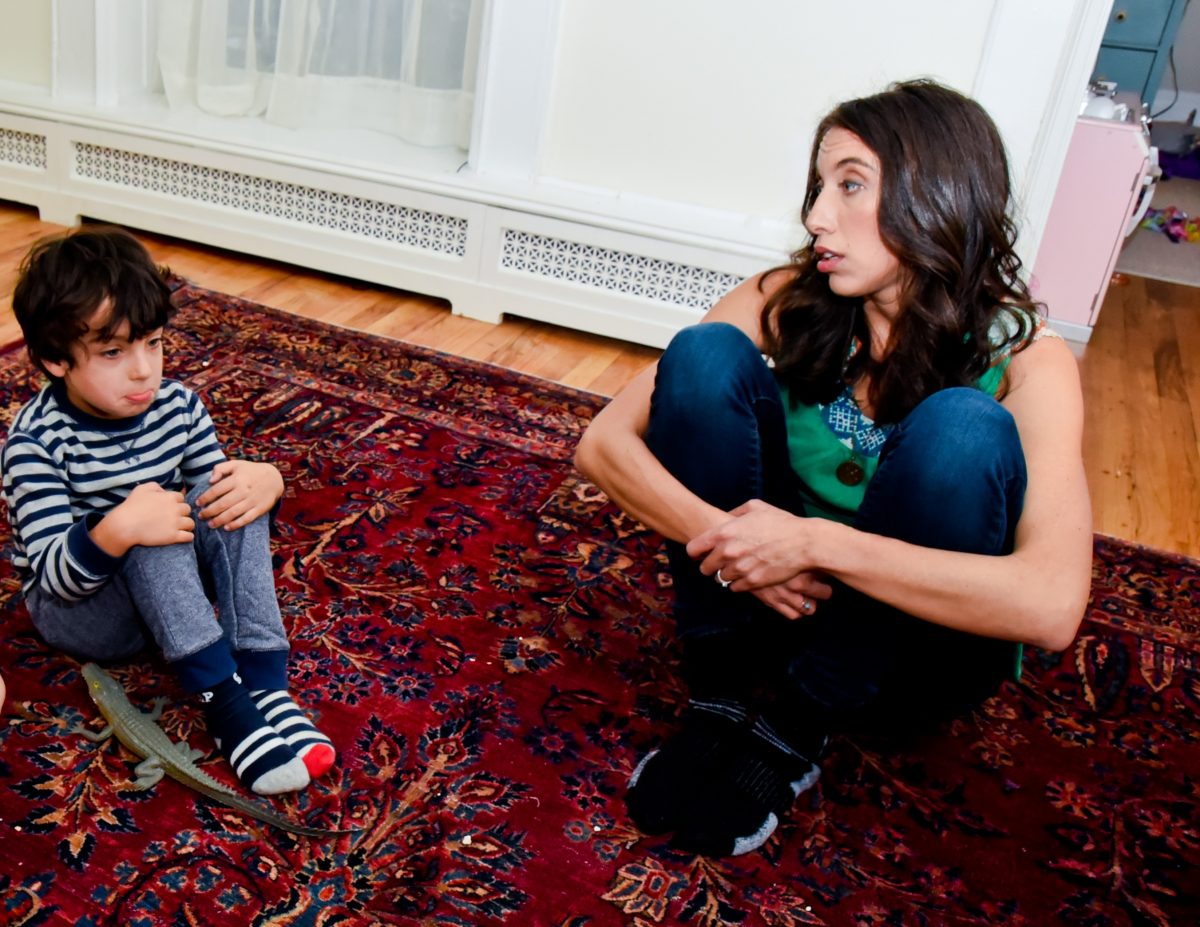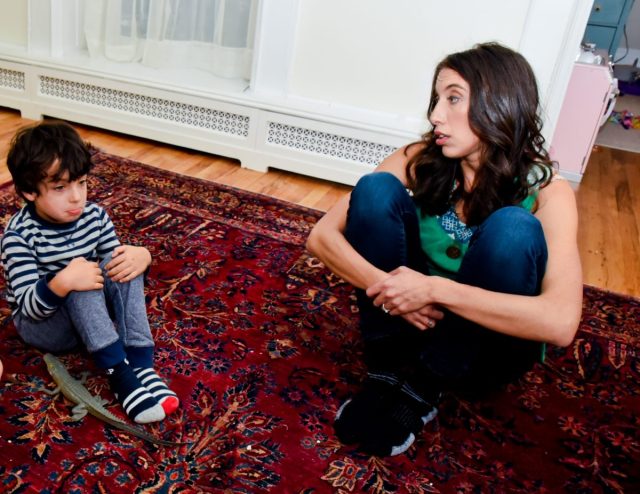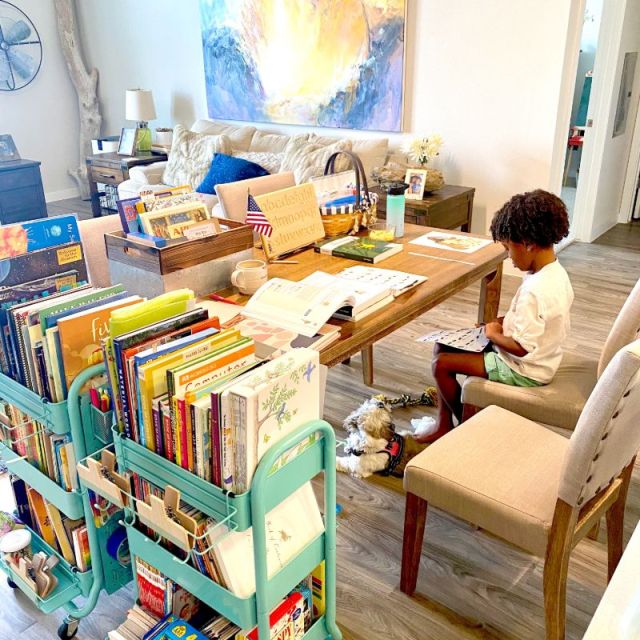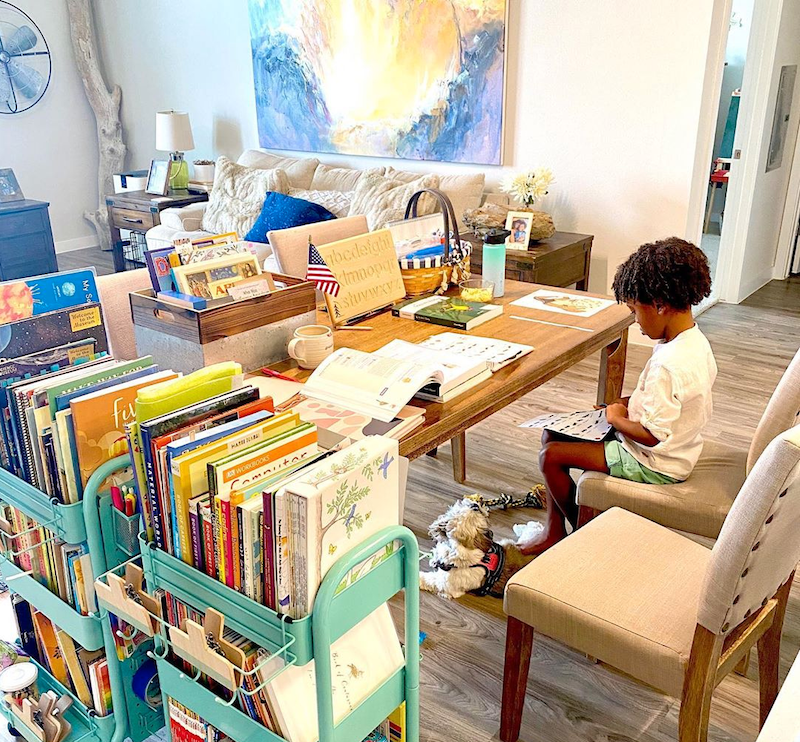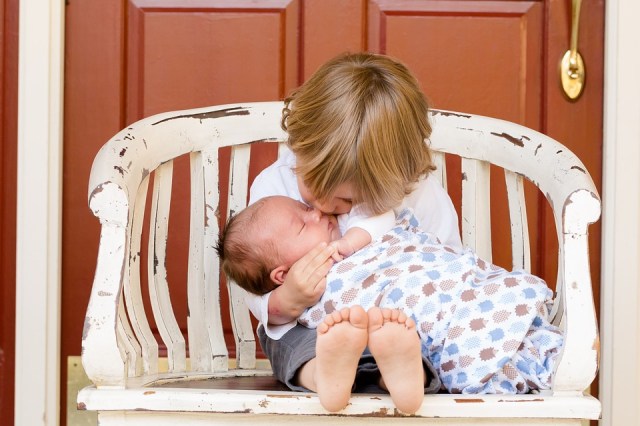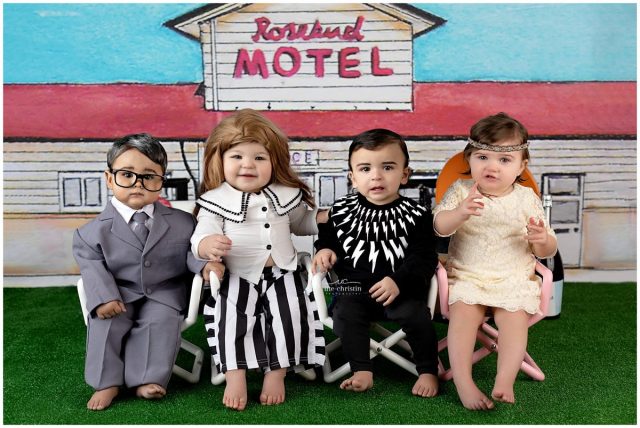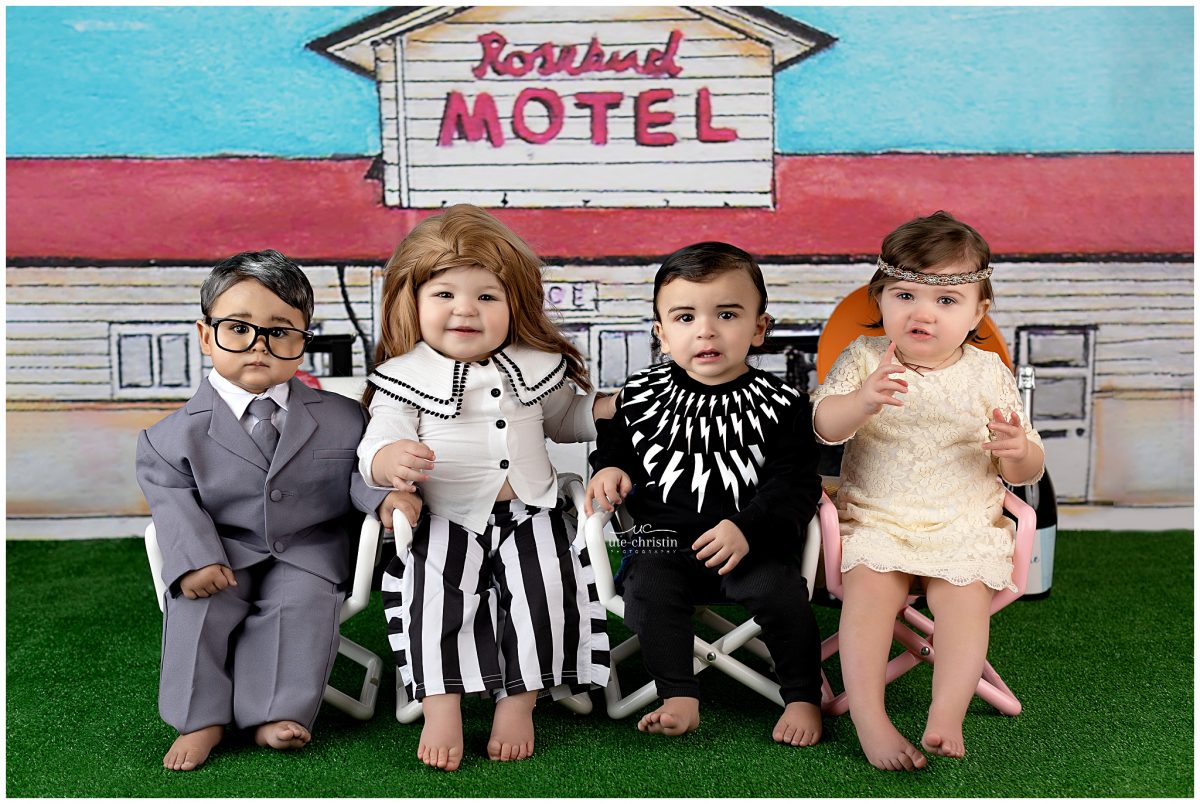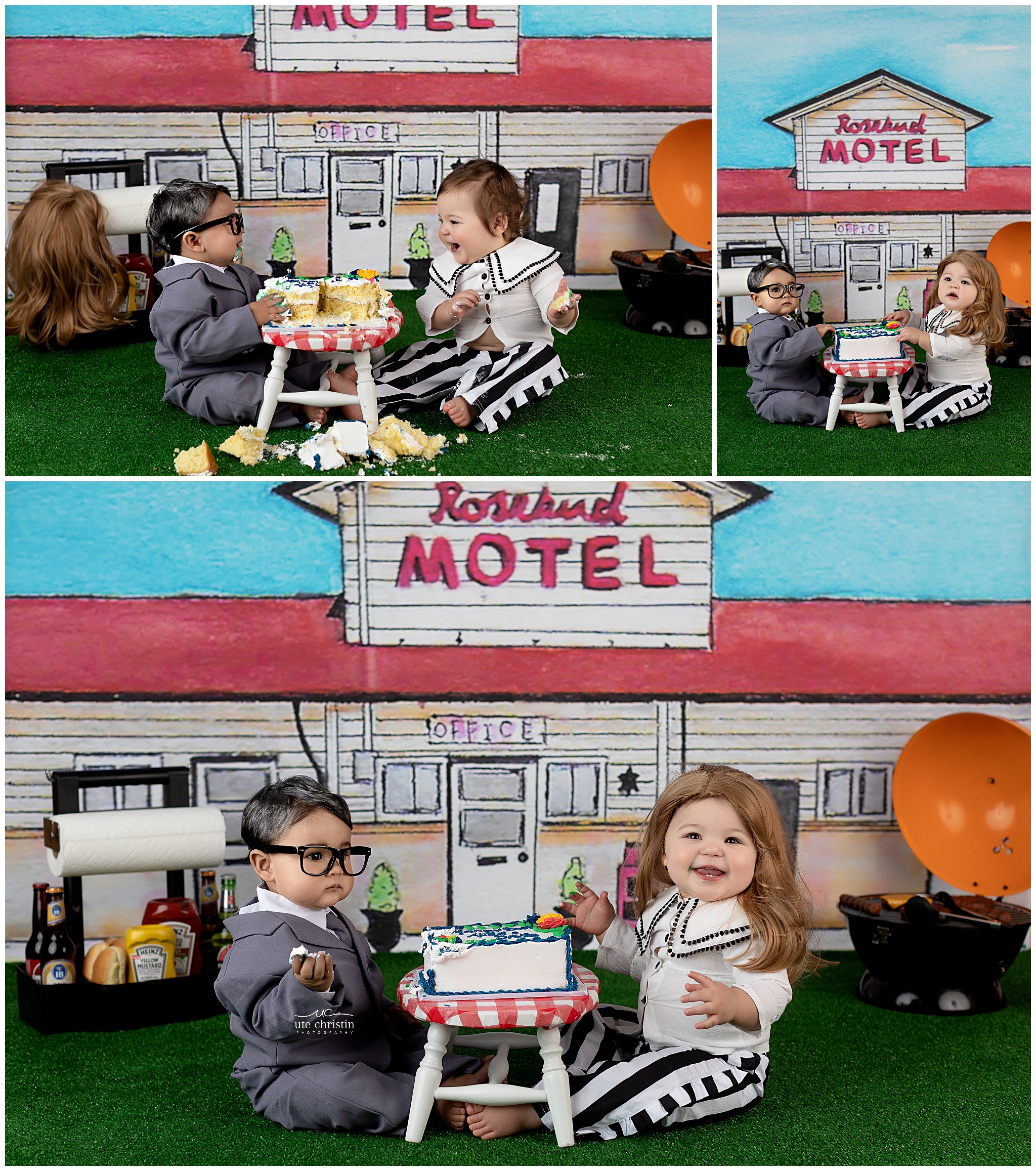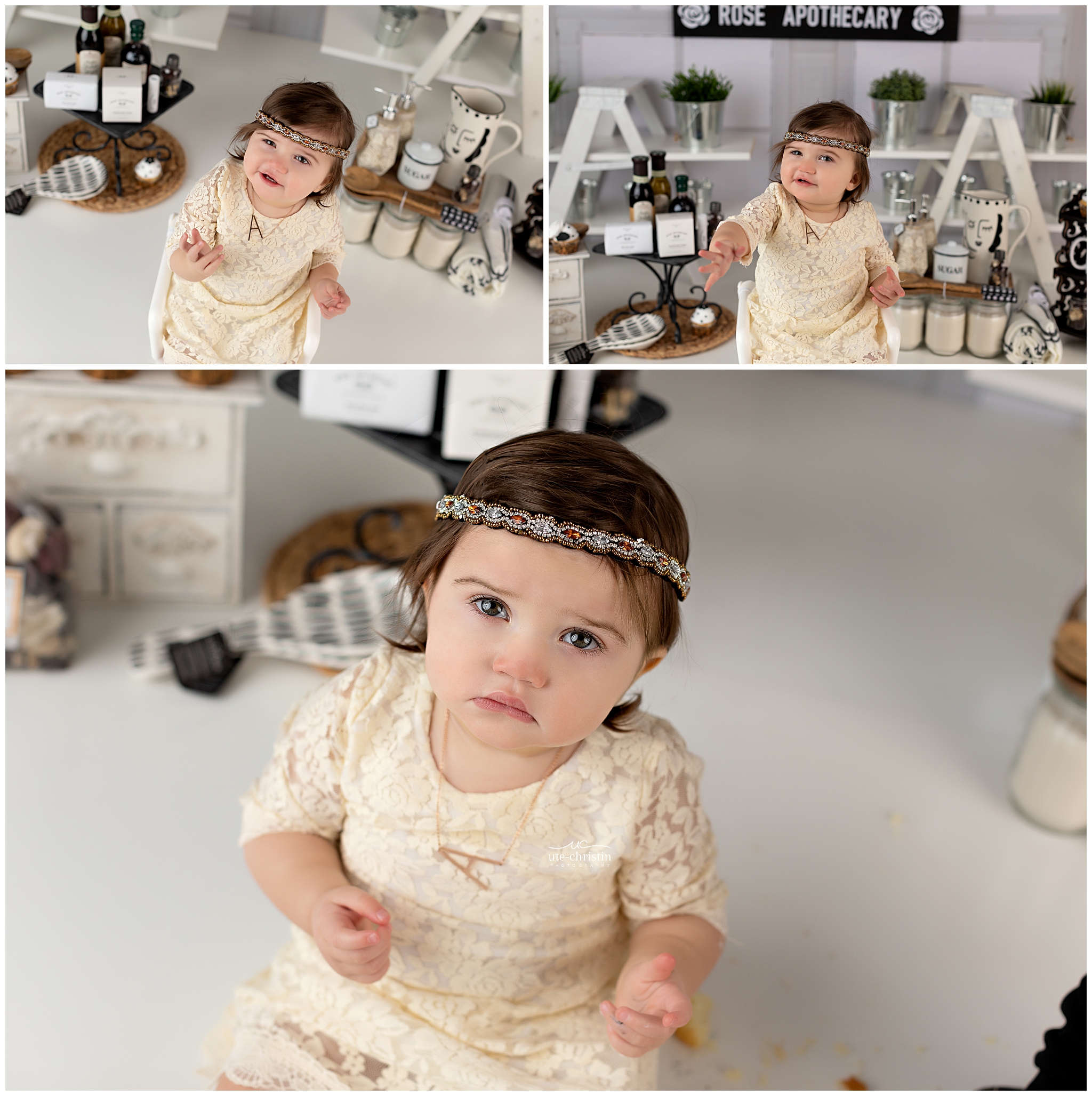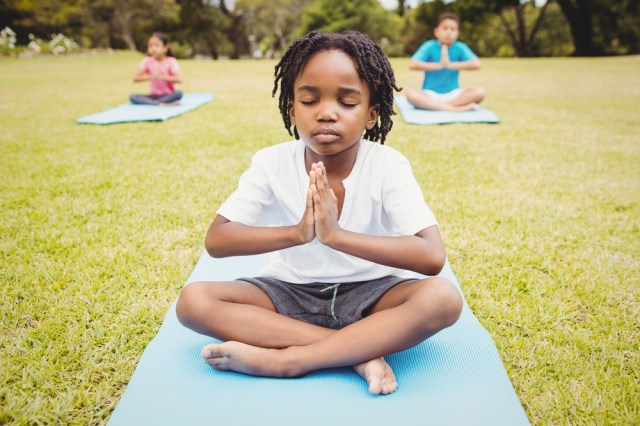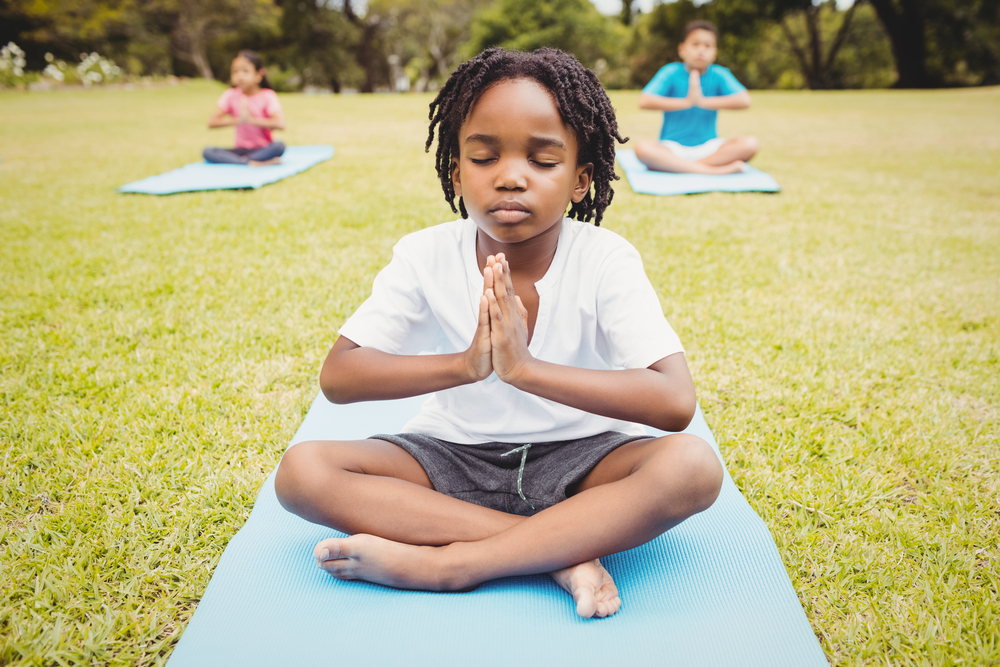Now that I have your attention, let’s talk about hate.
I assure you every fiber of my being loves raising my kids. But, certain aspects related to parenting deplete rather than bloat the love tank.
Am I alone here, or have any of you ever verbalized your disdain over certain mothering duties? And remember, thought bubbles count because they stem from the heart.
Statements like:
I hate the mess
I hate the crying and whining
I hate seeing dirty dishes 24/7
I hate all this laundry
I hate interrupted sleep
I hate eating cold food
I hate when all my kids are sick at the same time
I hate when my husband works late
I hate what I see in the mirror
And arguing about bedtime?
Hate. Hate. Hate. Double hate. Loooaaaath entirely. Thank you, Mr. Grinch.
The bedlam of raising kids and managing a family assures us of one truth: life is hairy. And hairy isn’t always a good thing. Think upper lip.
When we focus on hating the petty inconveniences and annoyances, does the situation change? Do we manifest inner peace when wearing haters clothing?
No. No. No. Double no. Nooooooooo entirely.
Last I checked, never in history has mankind succeeded in hating its way to positive change. We will never hate our way to peace and acceptance – only love transforms hearts.
Consider the Grinch. He’s a mean one, and he hated everything. Music, beauty, joy, love, happiness, cleanliness, laughter, relationship – even himself. Ensuring his heart didn’t grow seemed to be his greatest concern. Second only to unleashing revenge on Whoville.
What did the Grinch affect with all the hating? Did he achieve his goal of ruining Christmas? Did his hate change the world to his liking?
No. No. No. Double no. Notta entirely.
And hate doesn’t change the madness of mothering. Instead the hate multiplies our annoyance.
Hating the laundry doesn’t clean, fold, and put away the stockpile. Hating the mess doesn’t pixie dust the kitchen. Hating the whining doesn’t will our cherubs into pillars of patience.
What all the hating does accomplish, however, is success in turning us into crab apples. Our situations never get better when we walk around like rotten fruit. They worsen because every bad attitude drives us further towards the dark side.
Why doesn’t the same logic apply to the world? To our country? Based on what I hear in every day conversations, the following list describes the current sentiment:
I hate our leaders
I hate the media
I hate any group, race, orientation, nationality different from me
I hate the left
I hate the right
I hate men
I hate women
I hate our laws
I hate our government
I hate my neighbor
I hate all those people on Facebook who _______________
And I get it. Many wrongs need righted in our world and in our country. But, does all the hate change minds, hearts, and circumstances?
Yes. Yes. Yes. Double yes. Yaaasss entirely!
In the foulest sense of the word.
Hate changes the impressionable minds of our children. Kids are learning from so-called adults that when we don’t like something or someone, our job is to bully and hate our way towards making our opinion known and getting what we want.
Hate changes impressionable hearts by demonstrating that the golden rule has now become the gold standard of hypocrisy: “do unto to others whatever you want, but pitch a fit when others do unto you the very same things.”
Hate changes circumstances for the worse every day because hate multiplies hate exponentially.
As a mom raising three kids in this culture of disdain, I’m disheartened and appalled. I’m unnerved by others who feel emboldened to spew hatred across social media, knowing full well children, including their children and my children, are watching and reading their words.
I didn’t grow up hearing and observing this rampant hatred. I grew up in a time when people looked out for one another, cared for each other, offered to help their neighbor when times were tough. I observed adults getting along and having honest and respectful dialogue about tough topics. Even issues they, gasp, disagreed on.
Our kids are growing up hearing and observing screaming matches, flippant insults, violent protests, disrespectful rants, Twitter fits. All in the name of freedom and justice for all. Problem is our kids aren’t free from exposure to the filth.
As parents, how do we change the world for our children when hate is the latest rage and illicit drug?
The Grinch changed the world when he changed his perspective. His perspective changed when he began to understand the deeper meaning of the very thing he hated. Love conquered, his heart swelled, and the proof of transformation came when he welled up and said, “I’m leaking.”
Why the drastic turnaround?
Because Cindy Lou Who continued to show him kindness despite his antics as a dirty rotten hater. She believed somewhere beneath the outspoken and brazen squalor lie goodness and love. Cindy Lou didn’t right him off because he was different from her. She listened to him with an open mind and open heart.
She invested herself in showing the Grinch what non-judgment looks like, and accepted him where he was at, green warts and all. She dared to put herself in the Grinch’s dirty shoes and try to understand the road upon which he walked.
Cindy’s actions inspired not only the Grinch, but the people around her. She influenced the collective in a positive way with positive actions.
Injustices will always exist, many warranting righteous anger and a call to stand up for what we believe is best for humanity. However, we will never create positive change by erupting hateful lava out of volcanic hearts. And doing so without a care in the world about boiling rhetoric oozing all over the people around us – especially young and impressionable children – is a sure recipe for continued brokenness.
Hate is not a cure for change. Hate is a disease preventing change. Love is the most powerful weapon available to fight the fast spreading epidemic. Even if you don’t buy into Jesus’ command to love one another, or buy into the power of love at all, we can all look at the logic. Does hate get the job done? Ever?
Not. Ever.
Love is the most formidable weapon we have on earth because the force has the power to disarm the brigade of self-interest and self-preservation stemming from a mindset of contempt. And we all have the right to bear this arm. Free and clear. No bureaucracy.
Not every person or situation changes because we will it to or love our neighbor anyway. But we can be certain our attempts to create change through an outbreak of hate will always fail. The disease will continue to spread.
I assure you every fiber of my being strongly dislikes raising my kids….in the world they are growing up in. Therefore, I am committed to show love, speak love, and be LOVE – for their sake and all of humanity.
Please join me.
Do you have a story to share with our readers? We want to hear it! Sign up for our Spoke Contributor Network and start submitting your writing today.
